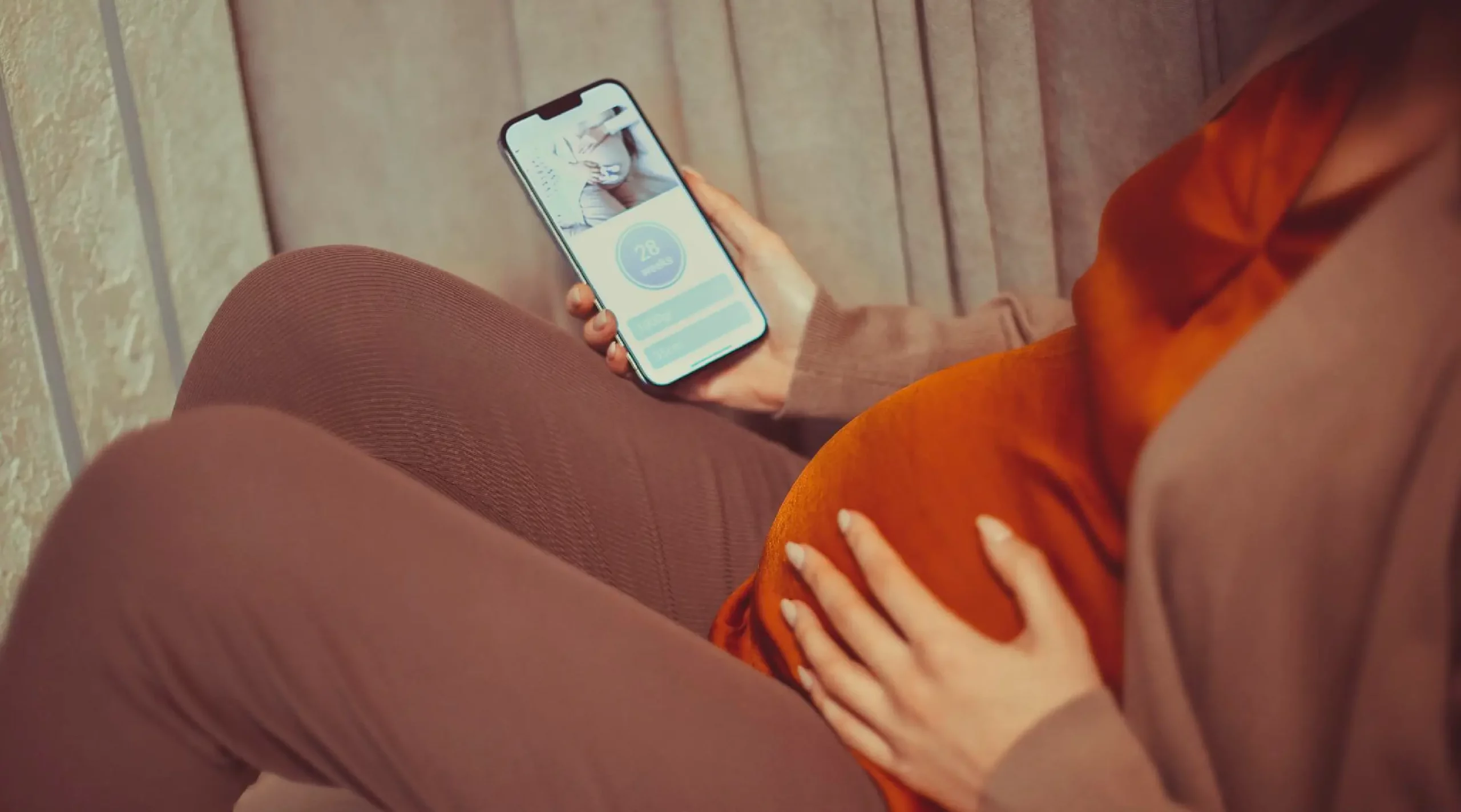Technology and PPD: Using Apps, Trackers, and Online Resources for Support
The postpartum period is a transformative phase in a woman’s life, filled with both joy and challenges. While welcoming a new baby brings happiness, it can also introduce stress, sleep deprivation, and emotional upheaval. Postpartum depression (PPD) affects many new mothers, often subtly at first, and can interfere with the ability to care for oneself and the baby. In today’s digital age, technology offers innovative solutions to support maternal mental health. From mobile applications to online communities and self-assessment tools, technology can empower mothers to monitor their well-being, access resources, and seek timely help. This blog explores how digital tools can help new mothers manage PPD effectively.Understanding the Role of Technology in PPD Support
Technology serves as a bridge between mothers, healthcare professionals, and support networks. For mothers facing PPD, it can:- Provide Awareness: Digital platforms can educate mothers about symptoms, treatment options, and coping strategies.
- Facilitate Early Detection: Self-assessment tools and trackers can identify early signs of PPD before the condition becomes severe.
- Offer Support Anywhere, Anytime: Mobile apps and online communities provide 24/7 access to resources, advice, and peer connections.
- Encourage Consistent Self-Care: Notifications, nudges, and daily routines help mothers maintain healthy habits despite the demands of newborn care.
Digital Tools for PPD Support
1. Mobile Applications
Mobile apps are among the most accessible tools for postpartum support. They combine educational content, tracking features, and interactive exercises to guide mothers through their recovery journey. Key Features of PPD-Focused Apps:- Self-Assessments: Apps like Mamamind provide questionnaires and mood trackers that help identify early signs of PPD. Mothers can monitor symptoms like anxiety, sadness, sleep patterns, and energy levels.
- Daily Nudges and Reminders: Apps can offer personalized suggestions for nutrition, sleep, mental exercises, and relaxation techniques. These nudges help maintain consistency in self-care routines.
- Resource Libraries: Digital libraries provide articles, videos, guides, and expert advice that are easily accessible anytime. This supports education on PPD and encourages proactive management.
- Community Support: In-app forums and chat features connect mothers to peers and mentors, allowing for shared experiences, empathy, and encouragement.
2. Pregnancy and Postpartum Trackers
Trackers allow mothers to monitor their physical and emotional health throughout pregnancy and postpartum. Benefits of Trackers:- Symptom Monitoring: Mothers can record sleep patterns, mood changes, appetite, energy levels, and emotional fluctuations. This data helps identify patterns linked to PPD.
- Progress Visualization: Visual charts and trends enable mothers and healthcare providers to track improvement or areas needing attention.
- Early Alerts: When symptoms indicate possible PPD, trackers can prompt mothers to seek professional help or access specific resources.
3. Online Resources and Learning Platforms
Technology also enables access to educational content tailored for both mothers and healthcare practitioners. Examples of Digital Resources:- Websites and Blogs: Platforms like Mamamind host informative blogs, case studies, and expert advice on managing PPD. Mothers can read about coping strategies, lifestyle tips, and success stories from other mothers.
- Video Tutorials and Mini-Guides: Instructional videos on relaxation techniques, guided meditations, and light exercises provide practical support.
- Courses for Practitioners: Online LMS-based modules train doctors, nurses, and counselors in recognizing, diagnosing, and managing PPD. This strengthens professional support networks and ensures informed care for mothers.
4. Virtual Counseling and Telehealth
Telehealth platforms enable mothers to connect with mental health professionals without leaving home. Advantages of Virtual Support:- Convenience: Mothers can schedule sessions around feeding and sleep schedules, reducing barriers to seeking help.
- Privacy and Comfort: Digital consultations provide a safe environment, especially for mothers hesitant to discuss mental health in person.
- Integration with Apps: Counseling sessions can be linked with trackers and self-assessments to provide data-driven guidance.
How Technology Complements Traditional PPD Care
While technology cannot replace in-person support entirely, it complements traditional care in several ways:- Early Detection: Self-assessment tools and symptom trackers identify potential signs of PPD before they escalate.
- Continuous Monitoring: Apps and trackers allow healthcare providers to monitor patients remotely and adjust care plans in real time.
- Education and Empowerment: Accessible digital content increases maternal knowledge and confidence in managing their mental health.
- Community Connection: Online forums and social media groups reduce isolation by connecting mothers with shared experiences and peer support.
Case Study: How the Mamamind App Supports Mothers
The Mamamind app is designed to guide mothers through the postpartum period with tailored support and resources. Features:- PPD Self-Test: A monthly self-assessment helps mothers track mood, energy levels, and emotional changes.
- Pregnancy Journey Tracker: Monitors symptoms and milestones from early pregnancy to postpartum.
- Daily Nudges: Provides diet tips, wellness routines, and reminders for self-care activities.
- Mental Health Exercises: Guided relaxation, breathing techniques, and journaling exercises support emotional regulation.
- Resource Library: Articles, videos, and mini-guides curated for mothers and caregivers.
Best Practices for Using Technology Effectively
To maximize the benefits of digital tools for PPD, mothers should consider the following:- Consistency: Use trackers and apps daily to monitor symptoms and routines accurately.
- Seek Professional Guidance: Self-assessments are not a replacement for professional care. Consult healthcare providers if symptoms persist or worsen.
- Engage with Community: Participate in forums or discussion groups to share experiences and receive support.
- Customize Notifications: Set reminders that align with personal schedules to maintain regular self-care practices.
- Balance Screen Time: While technology is helpful, it should complement—not replace—personal interactions and real-world support.




